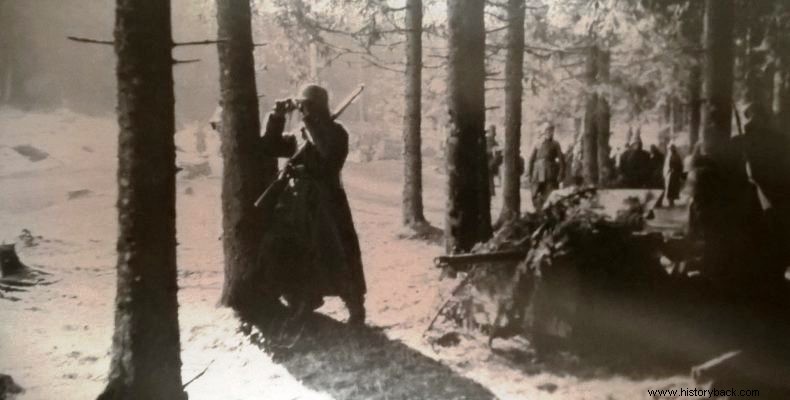
The invasion of Poland is often presented as a simple German military walk. But this is not the case. The Poles were defeated for a number of reasons but in any case they fought and often heroically.
One such case is the battle at Yordanov which took place between September 1 and 3, 1939 between the XVIII Panzer Corps (Spa) and the Polish 10th Mechanized Cavalry Brigade (M/K TI) of Colonel Stanislav Macek, also known as the "Black Brigade".
The German XVIII Spa was part of the 14th Army which invaded Poland from the border with Slovakia. The Germans crossed the passes of the Tatra Mountains in order to overrun the positions of the Polish Army in Krakow. The SP was ordered to occupy the town of Mislenice by September 3, encircling all Polish forces in the area.
In the area the Poles had deployed only one regiment of border guards under Lt. Col. Jan Wojcik. However, hard pressed by the 3rd Mountain Division (OM), the 2nd Panzer Division (MPa) and the 4th Light Division (EM – a hybrid cavalry/armoured division) of the XVIII Spa commanded by Austrian Lieutenant General Bayer, despite their valiant resistance, the Poles retreated.
The danger was imminent and the Polish command ordered the 10th M/K TI to close the breach developing in the area of the villages of Yordanov and Rabka. The brigade moved quickly and joined the remnants of the border guard regiment and a battalion of the 12th Infantry Regiment.
Colonel Macek immediately deployed his forces for battle. Colonel Dvorchak's 24th Motorized Ulan Regiment (M/K Ulan) was deployed in the hills south of Yordanov and Vishoka Hill. Particularly fierce clashes with the Germans took place there. Reinforced with units of border guards, the 24th M/K SP stopped the advance of the German 2nd Army.
The Germans, however, repeated the attack with all the forces of the 2nd Army after intense artillery preparation. But again the indefatigable Poles stopped them, despite existing losses. The Germans retreated, leaving behind the burning carcasses of at least 30 of their tanks.
Two more failed German attacks followed. Finally, with the fourth attack, late in the afternoon, the Germans managed to occupy the Visoka hill and the village of the same name. Dvorchak's forces nevertheless retreated in an orderly manner under the cover of an armored train.
The Germans brought fuel and ammunition to the village in anticipation of the continuation of the battle the next day. However, in the evening the Polish residents of the village of Visoka managed to set fire to German vehicles with fuel. Suddenly in the middle of the night the whole village was lit up by the explosions. The Germans trembled in panic as tanks and soldiers burned.
However, this episode marked the end of the battle. The Germans lost at least 50 tanks and many other vehicles. It is worth noting that the Germans entered the battle with almost 50,000 men, 500 tanks and over 130 guns. The Poles fielded a total of 5,000 men, 58 light tanks and armored vehicles and only 16 guns.
The Kraków Army command ordered the 10th M/K TI to retreat in successive leaps to the rear. In fact, in two cases they set up successful ambushes for the pursuing Germans causing them significant losses while the Polish air force intervened with great success bombing PZL 23 Karas light bombers concentrations of German tanks.
The retreating maneuver of the 10th M/K TI continued on 4 September with the Poles setting another two successful ambushes on the Germans causing heavy losses in men and material. The 10th M/K TI continued to fight until 19 September, when Soviet forces had already filled eastern Poland. The Brigade crossed into Hungary without laying down its arms.
Her men crossed over to France where they formed the 10th Armored Cavalry Brigade and fought until the French collapse. Those who could crossed over to Britain and there they formed the core of the Polish 1st Armored Division.
In 1939 the 10th M/K TI had the 10th Mounted Rifles with four motorized infantry units, one machine gun unit and one anti-tank ulama (3 37mm A/T guns). It also had the 24th Motorized Ulan Regiment with this organization, an artillery squadron, three light tank companies (42 tanks and chariots), an anti-tank company with 18 A/T guns of 37 mm. and an anti-aircraft artillery with four 40 mm guns.
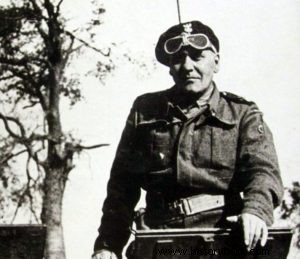
Stalislaw Macek commanded his men until the end of the war. However, he died in exile in Britain in 1994, having at least managed to see his homeland free from the Soviet yoke.
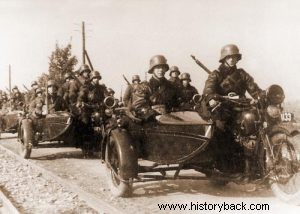
Motorcyclists of the 10th M/K TI. They wear German-style helmets.
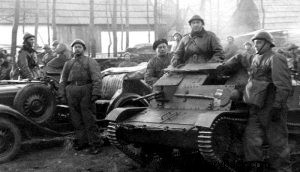
Light tanks of the 10th M/K TI.
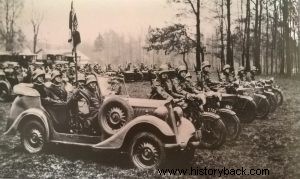
The staff and flag of the Brigade.
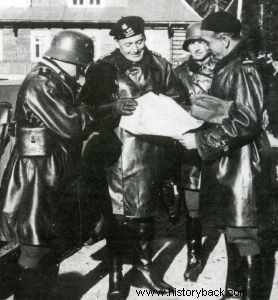
Colonel Macek studies a map.
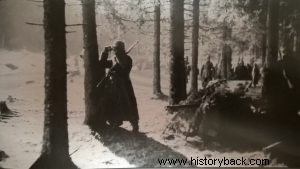
Men of the Brigade in reconnaissance.
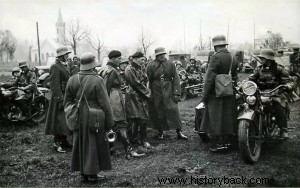
Macek talks to his men.
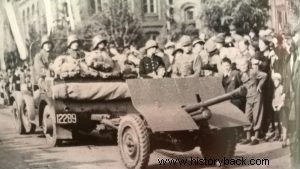
37mm Bofors anti-tank gun. of the Brigade.
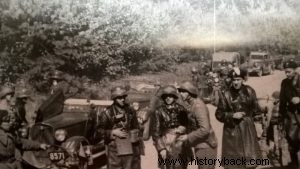
Part of the Brigade is heading to the front.
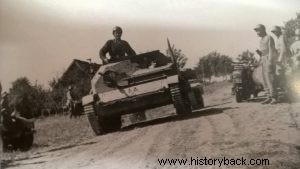
Tanks of the Brigade heading to the front.
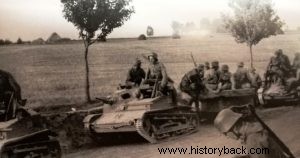
Men and chariots of the Brigade.
